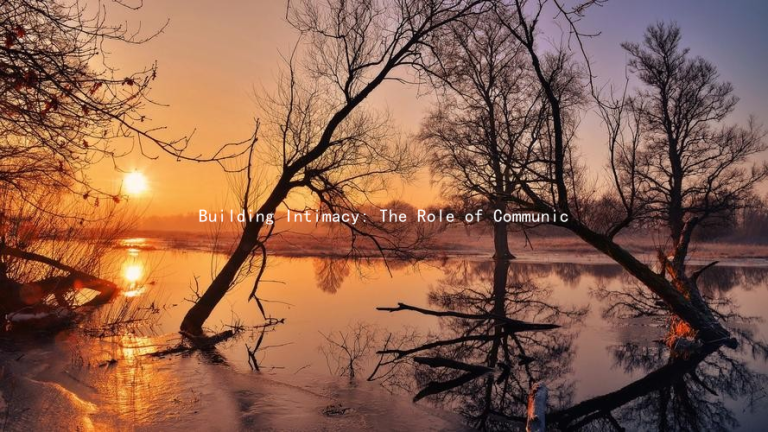Emotional Storytelling in Dating: How to Captivate and Connect with Your Partner
Emotional Storytelling in Dating: How to Captivate and Connect with Your Partner
In the realm of dating, establishing a meaningful connection often transcends mere conversation. The art of emotional storytelling can play a pivotal role in forging deeper relationships, allowing individuals to share their experiences, vulnerabilities, and values in a way that resonates with their partners. In this article, we will explore how to harness the power of storytelling to captivate your partner and strengthen your bond.
Understanding Emotional Storytelling
At its core, emotional storytelling is about sharing personal narratives that evoke feelings and create empathy. It can transform mundane interactions into powerful moments of connection. When you share a story, you don’t just convey information; you also provide insights into your emotions, thoughts, and character. This depth fosters intimacy, allowing your partner to see the world through your eyes.
Crafting Your Stories
1. Select Relevant Experiences: Think about experiences that have shaped you or significant moments that define who you are. Whether it’s a challenging situation you overcame, a lesson learned from a past relationship, or a joyful memory, choosing stories that resonate with your partners experiences can create a sense of shared understanding.
2. Incorporate Emotions: Ensure your storytelling is rich in emotion. Use descriptive language to convey your feelings, paint vivid pictures with your words, and express how events impacted you. For example, instead of simply stating that you traveled to a beautiful place, describe how the sunset took your breath away and made you feel alive.
3. Connect Through Relatability: Make your stories relatable to your partner’s experiences. This could mean finding common ground in your backgrounds or sharing feelings that mirror their own. When your partner sees parts of themselves in your story, it creates a stronger connection and encourages them to share their own experiences in return.

4. Encourage Dialogue: After sharing your story, invite your partner to share theirs. Ask open-ended questions that allow them to express their feelings and experiences. For example, Have you ever experienced something similar? or What was a pivotal moment for you? This two-way exchange not only enriches your conversation but also fosters a deeper understanding between you.
The Impact of Vulnerability
One of the most powerful aspects of emotional storytelling is vulnerability. By sharing your authentic self, you encourage your partner to do the same. Vulnerability can be scary, but it’s also what builds trust and intimacy in a relationship. When you reveal your fears, dreams, and insecurities, you create an environment where your partner feels safe to open up as well.
Using Storytelling to Navigate Challenges
Emotional storytelling can also be a valuable tool during conflicts or misunderstandings. Instead of pointing fingers or placing blame, frame your feelings through a personal story. For instance, instead of saying, You always make me feel ignored, you could share a story from your past where being overlooked hurt you. This approach fosters empathy, helping your partner understand your perspective without feeling attacked.
Conclusion
In the intricate dance of dating and relationships, emotional storytelling serves as a bridge to deeper connections. By sharing stories that evoke emotions, foster relatability, and encourage vulnerability, you can captivate your partner and create a remarkable bond. Remember, the goal is not just to speak but to connect; to resonate on a level that allows both you and your partner to feel seen and valued. So the next time you find yourself on a date, think beyond the surface and embrace the art of storytelling—it may very well lead to a romance that is both profound and lasting.





